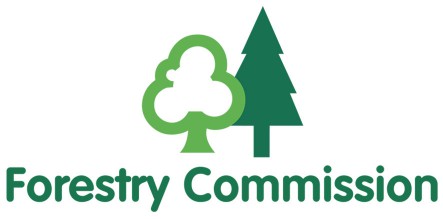UK Forestry Standard: 7 things to consider when creating woodland
Published 14 March 2025
Applies to England
New woodlands should integrate into and enhance our landscape, connect with communities, and consider any existing features, land use and habitats.
The UK Forestry Standard (UKFS) sets out criteria and guidance for the sustainable management of forests and woodlands in the UK. Here are the 7 major factors you need to consider when creating new woodland.
Biodiversity
Assess your site’s existing wildlife to identify if any priority habitats and species are present, including those protected by law.
Climate change
Create a woodland which is diverse in species and age, for resilience against future climate change, and consider how it will be managed in the longer term.
Historic environment
Review your site’s historic environment to ensure historic features and historic landscapes will be protected or even enhanced when creating your new woodland.
Landscape
New woodland has a significant impact on our landscape. Consider the area’s ‘landscape character’, historic context and how people will experience it. It’s important that new woodland fits within your local landscape.
People
It’s important to think about how your new woodland might affect people in the local community. Consider access, or any recreation opportunities.
Soil
Ensure you protect soils. Assess your site’s soil to inform your woodland design.
Water
Your woodland plan should consider water quality, flood risk, water availability, and the impact of establishment and management activity on the water environment.
Further information
Read more detailed information about the UK Forestry Standard.
Find out what’s involved in creating a woodland management plan.

